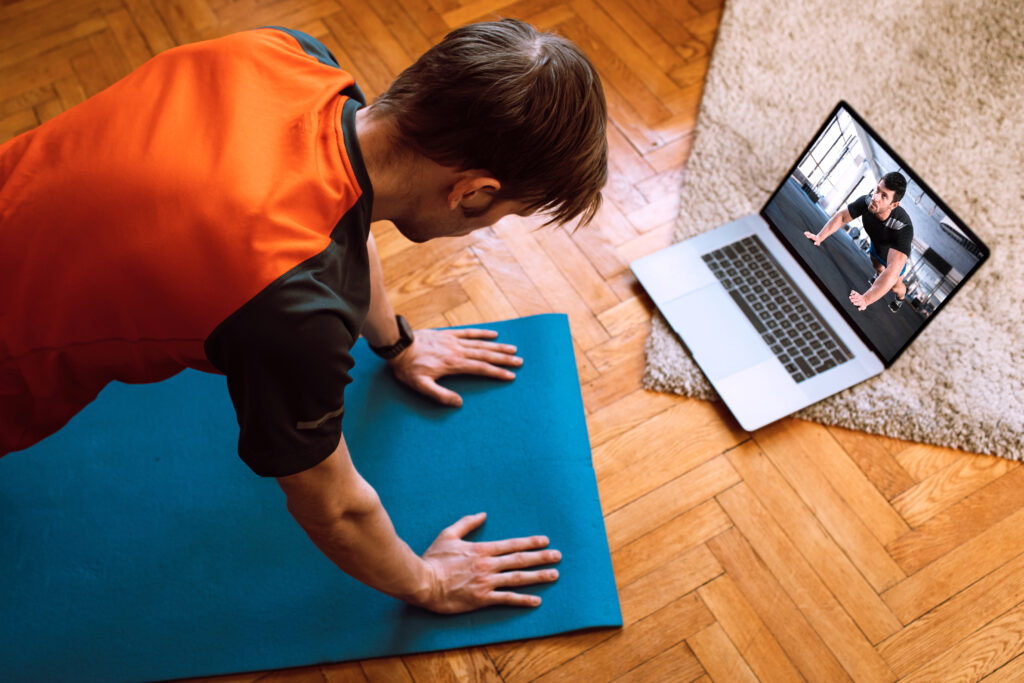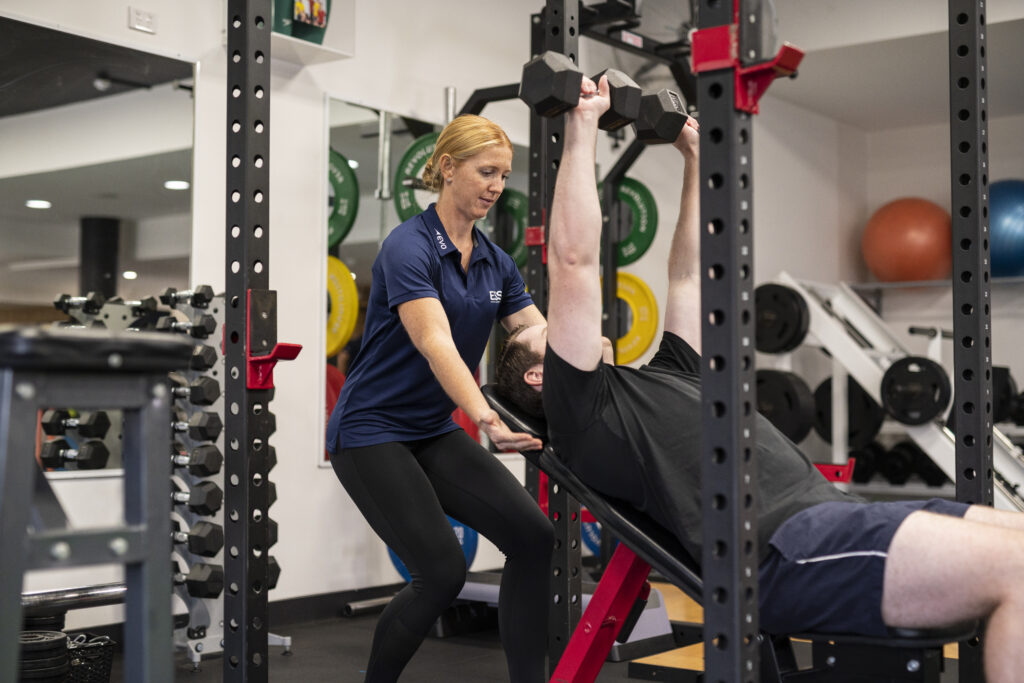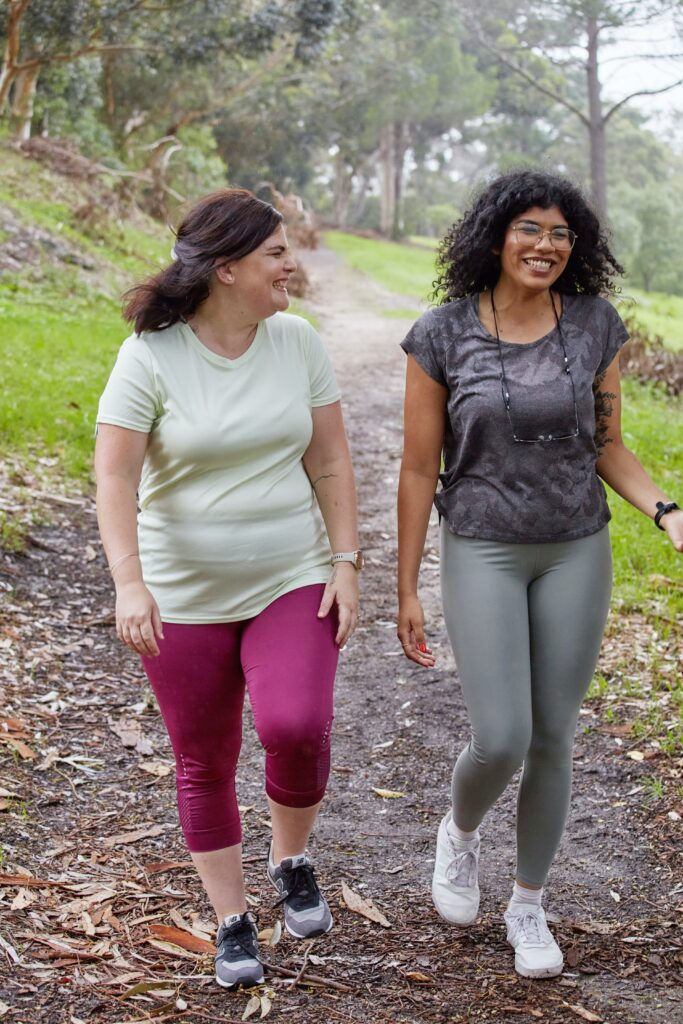Prostate cancer
Prostate cancer is the most common form of all cancers among men, with 20,000 new cases in Australia diagnosed each, often referred to as the ‘old man’s disease’ with the median age at diagnosis being 71. Most common site of metastasis include the skeletal system of the body. Risk Factors for Prostate Cancer may include age (>50yr), family history, poor diet and sedentary exercise levels.
Home / Prostate cancer

Common treatments for prostate cancer
Despite its prevalence in our society, prostate cancer is one of the most treatable forms of cancer with various forms of treatment available. Significant research has shown that exercise in conjunction with cancer specific treatments may slow the rate of progression and reduces recurrence of the cancer.
- Radiation
- Chemotherapy
- Prostatectomy
- Androgen Deprivation Therapy (ADT - hormone treatment)
How does exercise help with prostate cancer?
Exercise plays a vital role in maintain a person’s health and wellbeing, and especially those men undergoing prostate cancer treatment such as Androgen Deprivation Therapy. Androgens are a class of male hormones that control the development and maintenance of male characteristics, such as testosterone. In the early stages, Androgens are necessary for the prostate cancer to grow and develop, which is why it’s vitally important that early detection of the cancer is made.
Exercise also helps to manage the effects of Androgen Deprivation Therapy (ADT). ADT stops the production of male hormones and as a result, the male may experience the following side effects:
- Reduced mineral bone density
- Loss of muscle mass
- Increased fatigue
- Increased cholesterol levels
- Increased depression and cognitive function


What type of exercise is best for prostate cancer?
- Aerobic and resistance-based (muscle strengthening) exercise is safe and beneficial including walking, cycling, soccer training, jumping and high impact exercises, as well as a variety of resistance-based exercises. Individuals should be encouraged to participate in their preferred exercise unless directed by a health professional (e.g. if an individual has severe osteoporosis or if the cancer has spread to the bones, a modified program is best for reducing risk of fractures). Importantly though, an exercise program should not exclude exercises which load the skeleton as this strategy will exacerbate bone loss.
- Moderate-intensity exercise is recommended. The level of exercise required to make someone puff is influenced by fitness and the presence of cancer-related symptoms. When feeling unwell or unfit, slow walking may be enough to make someone puff (that is, be moderate-intensity exercise). However, as fitness improves or treatment-related side effects are less, a faster walking pace (or different exercise type) may be required to exercise at moderate-intensity. For those not already regularly exercising, it is recommended they start at low- to moderate-intensity and progress gradually. For those already regularly exercising, it is likely safe to exercise at high-intensity, but it is important to progress gradually up to this.
Find a professional
Talk to your GP or other treating specialist about an exercise program that suits your personal preferences and circumstances.
Alternatively, Accredited Exercise Physiologists, who are university-trained health professionals with expertise in the design and delivery of lifestyle interventions for people with chronic and complex conditions including prostate cancer, will be able to create an individualised exercise program that suits your needs.

Frequently asked questions
What is an Accredited Exercise Physiologist (AEP)?
An Accredited Exercise Physiologist (AEP) is an allied health professional that prescribes individualised exercise therapy to help people manage their chronic conditions, disabilities, long-term injuries and so much more. They are the most qualified professionals in Australia when it comes to the prescription safe and effective of exercise therapy.
Who should see an AEP?
Anyone who wants to move safely and improve their health can benefit. From chronic conditions to injury recovery, or simply wanting advice on how to exercise right, an exercise physiologist is the expert to see.
Is an AEP covered by Medicare or private health insurance?
Yes. As allied health professionals, exercise physiology services are recognised in government health funding including Medicare, National Disability Insurance Scheme (NDIS) and Department of Veteran’s Affairs (DVA), workers’ compensation and private health insurers. It’s important that you check with your provider as coverage can vary.
Where can I find an AEP?
Use recognised directories like Exercise & Sports Science Australia (ESSA), ask your GP or look for allied health clinics with AEP credentials.
You may also like
The Benefits of Exercise for Prostate Cancer
Prostate cancer affects 1 in 6 Aussie men, and is the most commonly diagnosed cancer in Australia. It’s characterised by an uncontrolled rate of cell growth within the prostate that has the potential to metastasize (spread) to other parts of the body. The prostate gland is situated within the pelvis and underneath the bladder. It’s […]

Exercise and cancer – what are the benefits?
February 4th is World Cancer Day. In the vast realm of cancer, where uncertainties loom and treatments abound, one powerful tool often gets overlooked – exercise. Let’s redefine our perspective on exercise as a method of treatment and shed light on its safe and impactful role in cancer management! When it comes to exercise and […]

